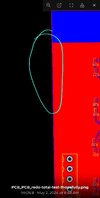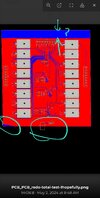Follow along with the video below to see how to install our site as a web app on your home screen.
Note: This feature may not be available in some browsers.
I corrected the mosfet layouts and pasted the footprint from post#121.
I'm curious why you mention if the boards work.


